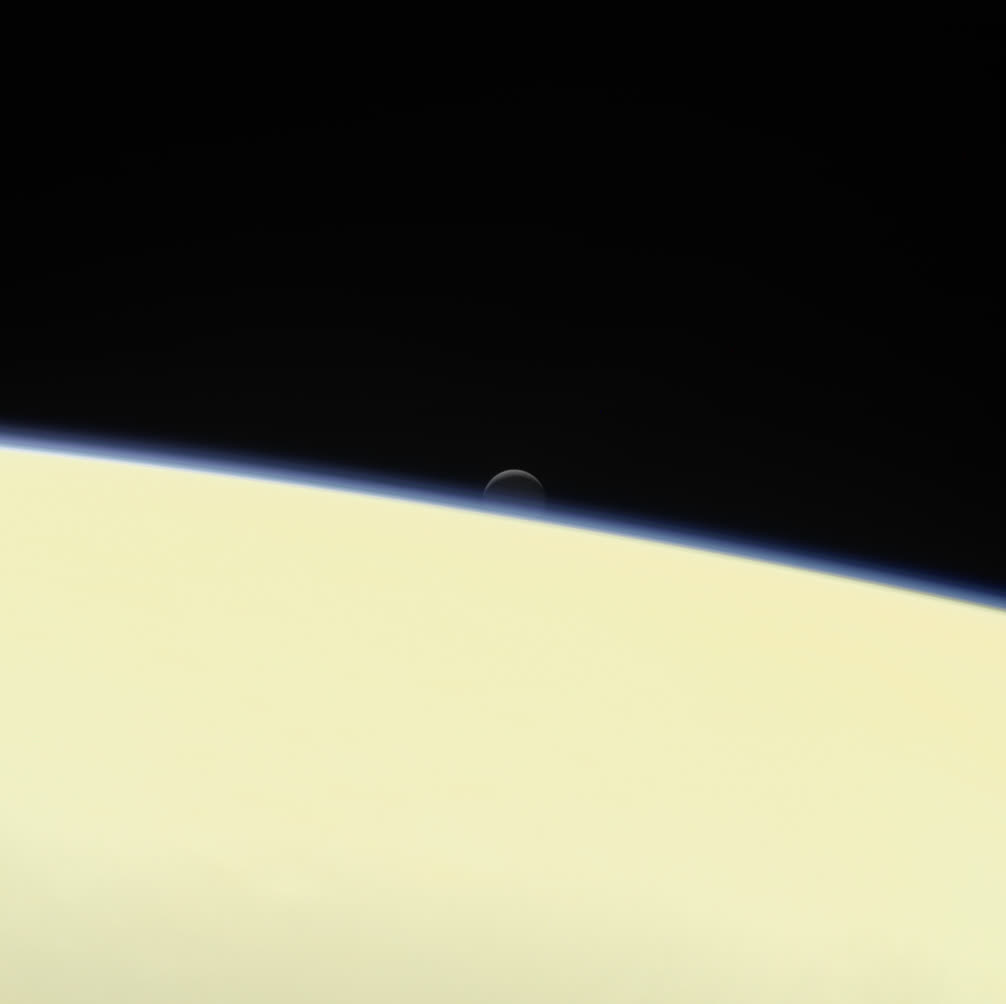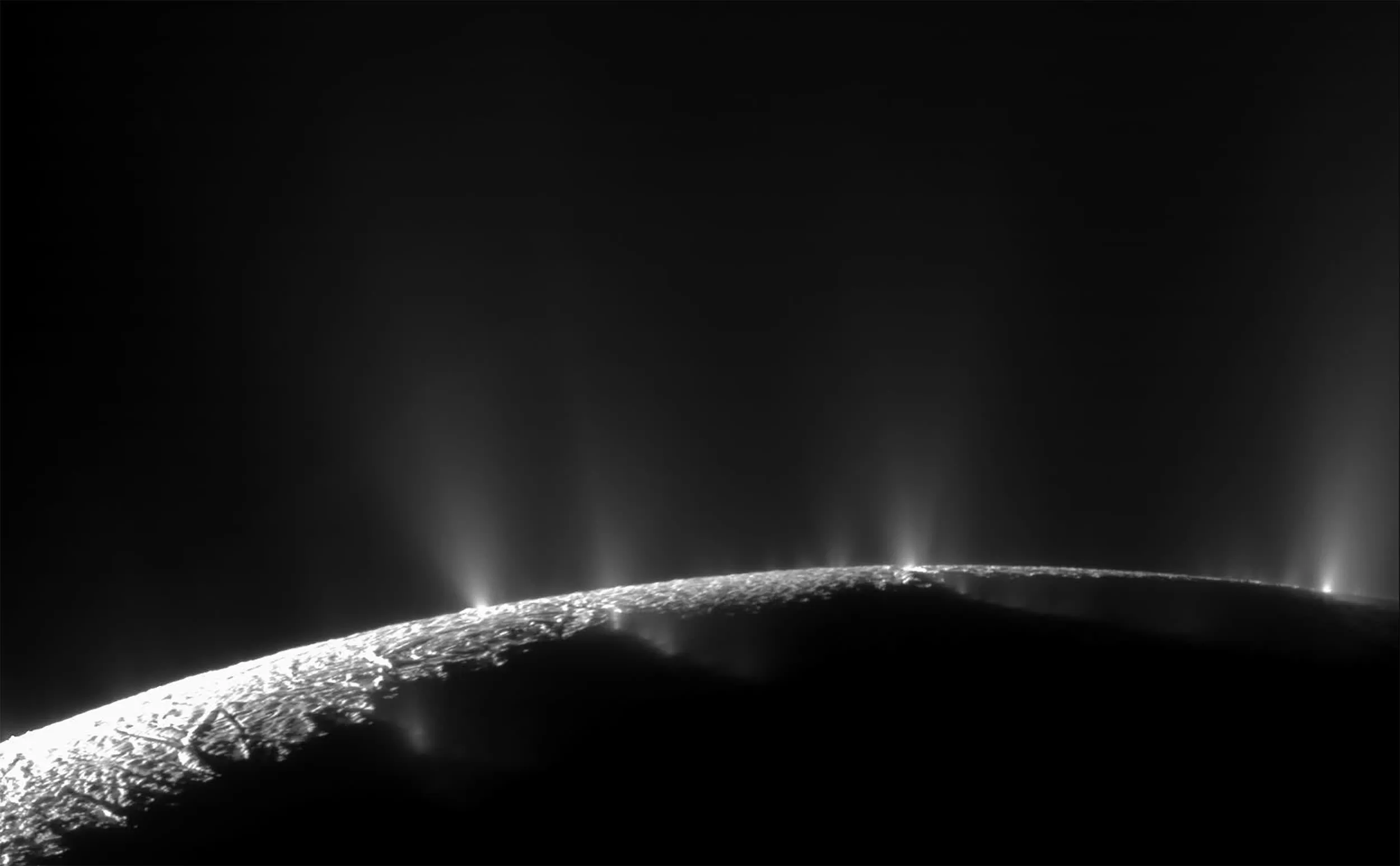Why it matters: A new analysis of NASA's Cassini space mission data confirms that Saturn's moon Enceladus harbors all six fundamental substances that we know are necessary for life. The results suggest other similar moons in the outer solar system could also be habitable.
Recently published findings confirm that the sub-surface ocean of Enceladus contains plenty of phosphorus, the last critical life ingredient scientists had yet to detect on the Saturn moon. The discovery significantly raises the prospect of finding life in the solar system beyond Earth.
All life on Earth depends on six essential elements: carbon, hydrogen, nitrogen, oxygen, sulfur, and phosphorus. Phosphorus was, until now, the only one researchers had never detected beyond Earth. Samples from Saturn's sixth-largest moon confirm that all six elements are present.
The samples come from one of Saturn's rings, primarily containing water ice spewed from geyser-like volcanoes in the liquid ocean deep beneath the moon's icy surface. Before NASA's Cassini mission ended in 2017, it gathered samples from the ring, but prior examination detected little to no phosphorous.

However, research using a new geochemical model suggests phosphorous is abundant on Enceladus, with concentrations at least 100 times higher than in Earth's oceans. The findings suggest that other worlds beyond the CO2 snowline – the point in the outer solar system beyond which the sun's rays no longer melt carbon dioxide, and it freezes into ice – could be as habitable as Enceladus. These include Pluto and Neptune's moon Triton.
Freie Universität Berlin planetary scientist Frank Postberg told Motherboard that such environments could support life despite being too far from the sun to receive sufficient sunlight. Life-essential heat could come from hydrothermal vents, which ae abundant in Earth's deepest oceans.
NASA detected a massive water eruption from Enceladus using the James Webb Telescope late last month. The plume spread over 6,000 miles – around 20 times the moon's diameter. Further observations from the telescope will likely uncover more information about Enceladus.
However, the recent discovery of phosphorous emerged from new data science techniques applied to old data. Similarly, new modeling applied to 37-year-old data from NASA's Voyager 2 mission revealed the possibility of sub-surface oceans on some moons orbiting Uranus, including Titania, Oberon, Ariel, and Umbriel.
